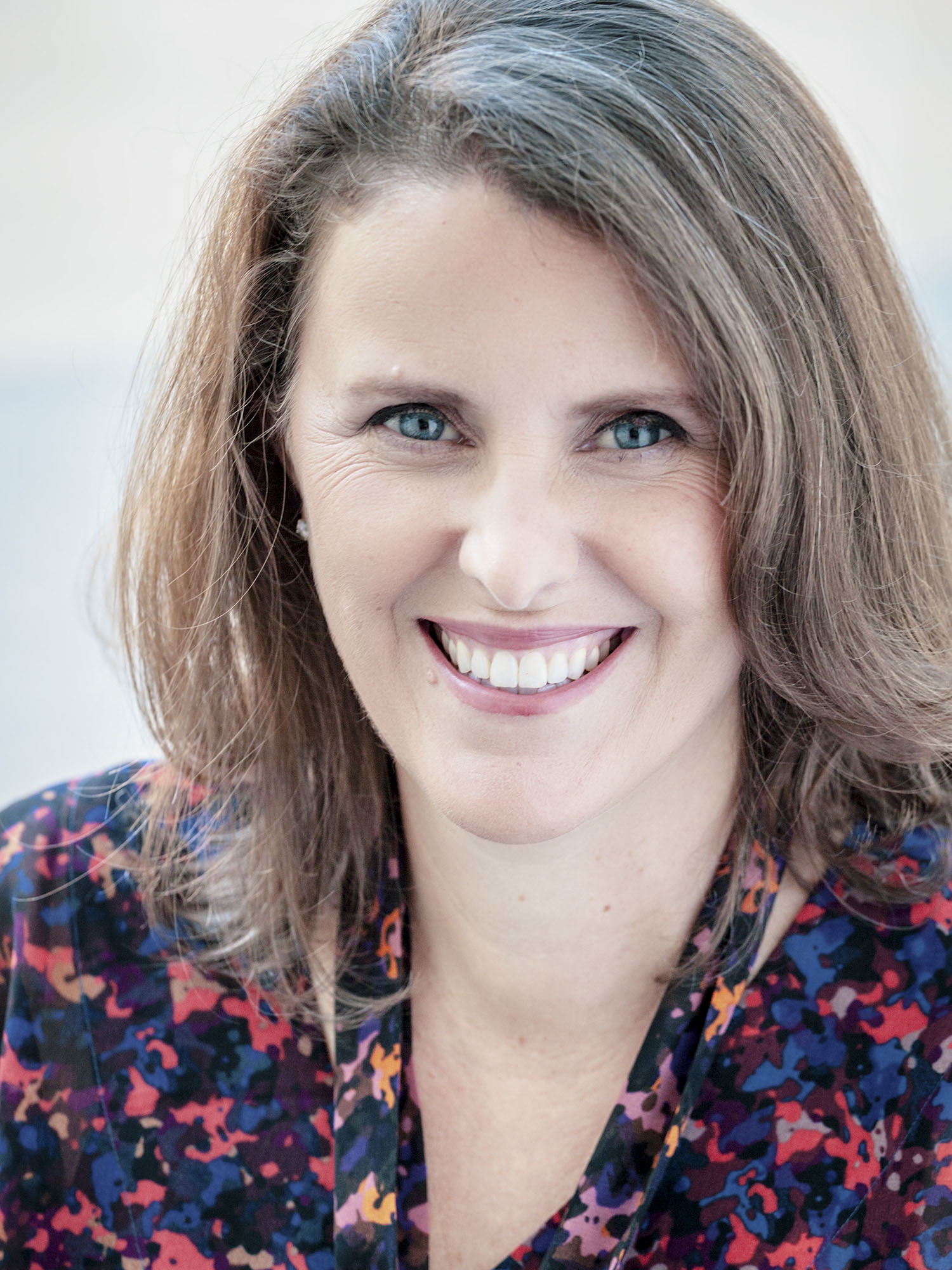When Chris Obolensky arrived at the University of Virginia three years ago, he was surprised to learn that that there was no place on Grounds that focused specifically on helping students hone their public speaking skills.
Sure, there were some public speaking courses that one could take, but there was nothing that could provide immediate support for tasks such as classroom presentations or even just everyday social interactions.
Obolensky, now a fourth-year student, decided to take matters into his own hands.
Last spring, months of hard work culminated in the opening of the UVA Speaking Center – an online, student-to-student consultation service provided either in-person or over the Zoom video platform.
Obolensky, a Great Falls native who is majoring in government and double minoring in social entrepreneurship and history, believed the need was overwhelming.
“Many students at UVA struggle with public speaking and dread getting up in front of their peers for extended periods of time,” Obolensky said. “General speaking anxiety is a common issue many students face, and all UVA students will have to give presentations during and after their time at the University.

Chris Obolensky, a UVA fourth-year majoring in government and double minoring in social entrepreneurship and history, started the UVA Speaking Center. (Contributed photo)
“Many majors require group work and presentations as a defining aspect of a student’s education, and most small classroom settings require some level of in-person participation.”
Through the Speaking Center’s Square website, students can now reserve 15-minute, 30-minute or hourlong appointments with other students, who work on a volunteer basis.
In an effort to help the student peer coaches develop best practices, Cady Garey – a lecturer in UVA’s drama department who teaches a public speaking course – came aboard as faculty adviser last year.
Garey likes the idea of being able to help students improve their public speaking skills from the second they step foot on Grounds since she said many students don’t take public speaking courses until their fourth year.
“Speaking in public consistently lands in any top-10 list of most fear-inducing and anxiety provoking parts of being a human being,” Garey said. “It takes time to develop effectiveness and ease.”
Here, Garey shares with UVA Today some public speaking tips.
Focus and Relaxation
To combat common physical reactions to the anxiety of speaking in public – such as butterflies in your stomach, nausea, shallow breathing, sweaty hands, racing heartbeat and a blank mind – Garey suggests using mindfulness and relaxation practices.
- Begin a regular and frequently cultivated mindfulness practice: Meditation, breath work, exercise like yoga or Tai Chi – anything that brings you into the moment. With regular practice, you can learn to drop into this zone when anxiety is overwhelming.
- Become aware of how your body reacts during moments of stress – mentally step back and observe, “Oh, that is interesting, my heart is racing …” Remind yourself that your body is trying to protect you in some way – and that you are fine; there is no danger.
- Realize that the physical manifestations of pre-speech anxiety are remarkably similar to excitement. Tell yourself – and others present – that you are feeling excited and ready to go and are eager to share with the audience! Smile, give yourself some deep breaths. Keep feeling ready and excited.
Know Your Audience
Garey says that before you start crafting your presentation, you should understand whom you are presenting to and what your desired outcome is.

Cady Garey – a lecturer in UVA’s drama department who teaches a public speaking course – serves as faculty adviser for the new speaking center.
“What do you want the audience to walk away thinking and talking about? Can you think further about what feelings you would like them to experience?” Garey said. “Once you understand the who and your desired outcome, crafting your thoughts into spoken form will be much easier. “Place your focus and attention on the audience – the information you are sharing is a gift for them. If you place your attention and intention on the audience, you will get less caught up in thinking about (and judging) yourself.”
Information – Less Is More
“Audiences can become overwhelmed, distracted, and bored if offered too much information,” Garey said. “Based on your desired outcome, what does the audience need to know? Leave space to let the audience think and ask questions. This allows them to be part of the conversation and able to add value.”
Craft and Structure
Garey says it’s best not to write out verbatim what you want to say in a presentation.
“Reading what you have written comes across as disconnected, stiff, memorized or overly formal,” she said. “Think structure – first this, then this, which leads to this.
“Craft bullet point notes for yourself in each step, so you know the path, but are not reading or speaking text that you have memorized. Keep in mind that sentences that we write tend to be longer than sentences we speak.”
Skip the Fluff
“Get right to what you want to say rather than spending a lot of time with pleasantries, introductions or thank-yous,” Garey said. “Jump right in and grab the audience’s attention. If needed, weave those things into the body of your presentation or add briefly at the end.”
Engage the Audience
Garey suggests inviting audience members to be part of the conversation by asking them questions.
“Lay out an interesting or evocative path that you will take them on, or perhaps give them a problem to solve in the moment,” she said.
Rehearse
“Say it out loud … before you have to say it out loud.” Garey said. “Don’t let the first time you speak your presentation be in front of your actual audience. Give yourself ample opportunity to speak through your presentation out loud alone and with another person present.

“Whether the other person gives you feedback or not, you will learn a great deal about your presentation by saying it out loud. Rehearsing with another person also helps you practice calming yourself and feeling present. You want to rehearse enough that you know and feel the through line of your ideas and information but are not speaking in a memorized manner. Amount of rehearsal will be different from person to person and will likely decrease over time as you become more and more comfortable.”
Have Notes
Garey says you may rehearse enough that you feel ready to go without any, but if you are speaking about specific information – data, numbers, direct quotes – she would recommend them.
“It is okay to look at your notes – just don’t get stuck reading or looking down at them,” she said. “Use stiff note cards or paper that is not to flexible and clearly written bullet points or text so you do not have to struggle to find the information you need.”
Garey says be wary of using slides during a presentation that feature an abundance a text.
“The audience will sit and read them rather than listen to you,” she said. “Do not read off your slides.”
Voice and Body
“Instead of thinking, ‘BE LOUD,’ think, ‘Send my voice to the back of the room,’ or, ‘Fill the space,’” Garey said. “Eye contact can be hard with a big group – where do I look? Divide the audience space into quadrants and look at one area – move your eyes and focus to a new quadrant with a transition to a new idea or a pause. Use pauses! Pauses let an idea land or give space for thought or impact. The audience experiences speaker pauses as confidence, ease and purpose. Silence equals power if you are intentional and full of ease.”
Mask Tips
While having a mask on hides a great deal of your facial gestures, which takes away a great deal of how you communicate, Garey says you should still smile any way.
“It enhances the sound of your voice,” she said. “In addition to physically smiling, put into words what you are feeling, such as, ‘I am so happy to see you!’ or ‘I wish that you could see my face, I am so shocked!’
“Expand your gestures into your body, perhaps more fluid and moving hands, more nods, and head tilts. Whatever feels authentic to you, but remember that you need to give extra information to your listener.”
Garey also recommends increasing your “vocal energy and articulation.”
“Obviously, the mask muffles the sound you are producing, so turn it up a bit – be intentional and specific,” she said.
Video Tips
Communication is more than just words. With this in mind, here are several things Garey says you should keep in mind for video presentations.
- Make sure you have good light; natural is best. Fill at least three quarters of the frame vertically with your body, and keep your eyes up.
- Figure out where your computer camera is – try to lift it up so it is about at natural eye level. Make sure whatever your computer is sitting on is stable.
- Look at the space behind you. What will the viewer see? An unmade bed? Clean and prep behind you – even if it is strategic.
- Make sure you look good! Don’t rely on blurred backgrounds, filters, or the fact that you may not stand up and be seen below the waist.
- Record a sample video of yourself prepped and ready. Use whatever microphone/earphones you will use in a meeting. How do you look and sound?
Sit halfway back on your chair and keep both feet on the floor. You will look more energized.
The center is currently seeking funding, as well as more student-consultants who are passionate about helping other students improve their public speaking abilities. For more information, contact Obolensky at UVASpeakingCenter@gmail.com.
Media Contact
Article Information
September 14, 2021
/content/students-facing-public-speaking-anxiety-now-have-home-and-these-tips

